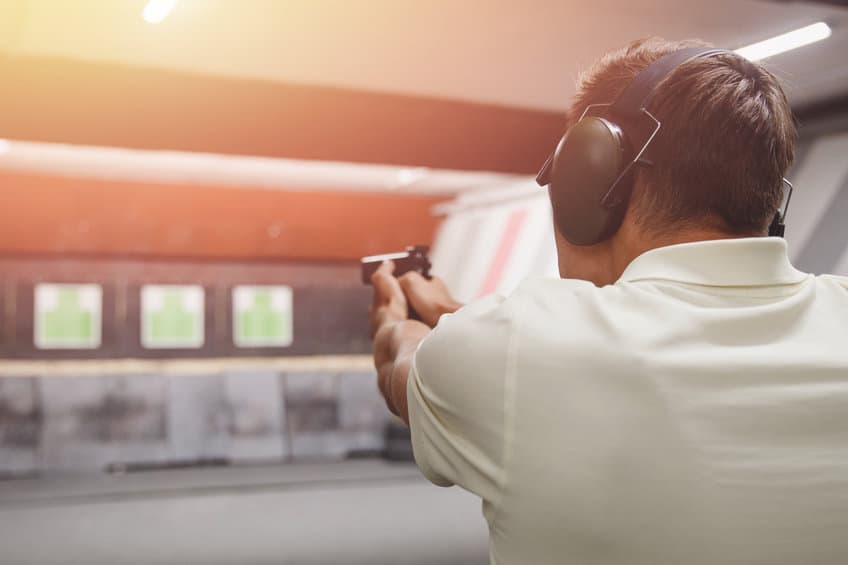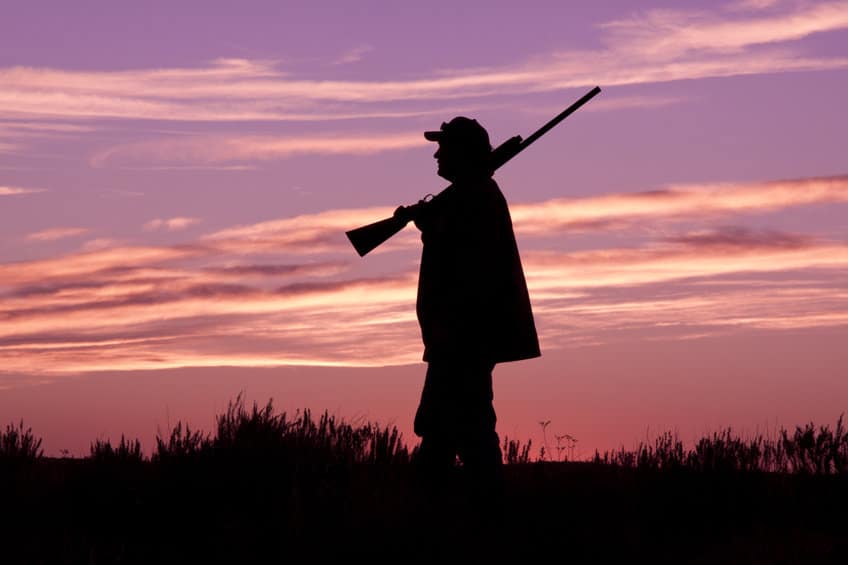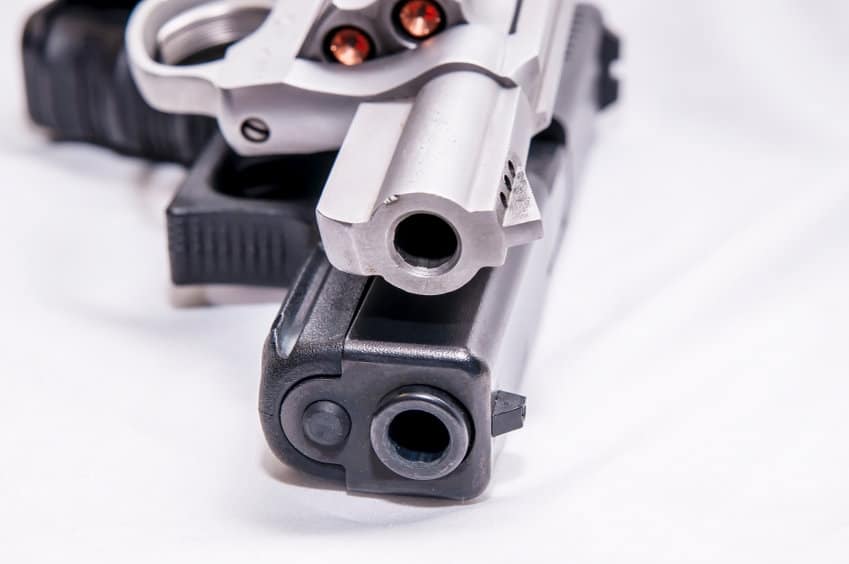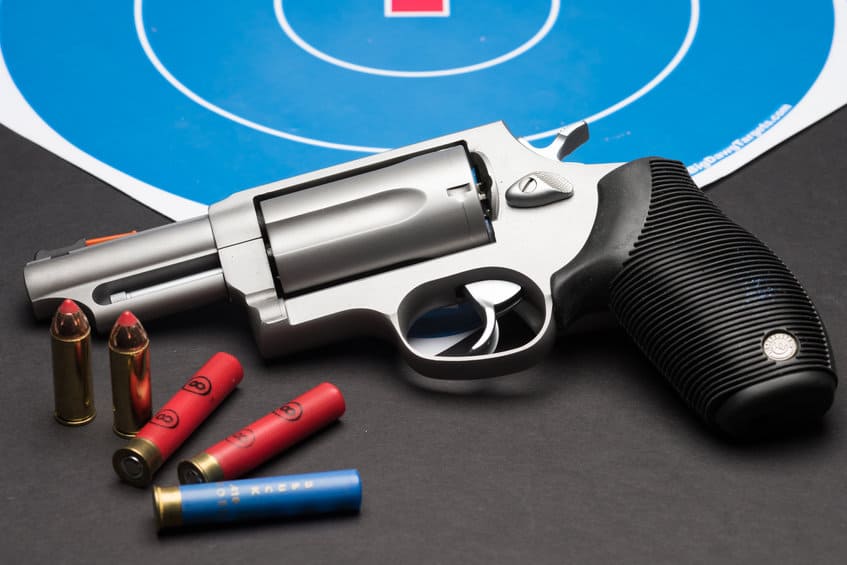
Nobody likes to stare at their guns and not use them, and practice is a fundamental part of firearms ownership. But while many have a range in their backyard or at a family member’s or friend’s house, not all of us are so blessed. Growing up, I had the benefit of several family and farm ranges. After a time, though, these properties were sold off, friends moved off the farms, and I needed to find a new place to shoot.
After asking co-workers and some friends at the local gun shops, I was invited to check out several local clubs, all of which I later had a membership in at various times. When my wife and I moved to a small town in rural Missouri, I again found myself with no place to shoot. After searching, I found a small conservation department range about a twenty-minute drive from my home, but not much else.
Finding a place to shoot can be a pain, but it should not be. Websites like wheretoshoot.org are helpful but do not list everywhere available. There are more clubs, ranges, and public access shooting than most know about, and hopefully, this article will make it easier for you to find a place to shoot.
Table of Contents
Types of Ranges
Conservation Department Range
These are often unstaffed ranges with a few berms cut into a hillside and 25–100-yard benches. The primary purpose for their existence is generally for sighting in weapons for hunting season. The range by me is always busy, has no restrictions other than no birdshot, and it is not monitored. The DNR range near Allegan, MI however, is monitored frequently with a strictly enforced rule of one round in the gun at a time. Your mileage may vary depending on your state conservation department.
There are some large staffed Conservation or DNR ranges in many states. These are usually very nice and clean facilities, but you will pay a small fee to shoot there. The Andy Dalton Range near Springfield, Missouri is an example, and they offer rifle, pistol, and archery ranges, plus trap, skeet, and 5-stand shotgun ranges.
Public Land
Target shooting on public land is normally allowed, however, the rules vary by state and block of land. In Missouri, target shooting on state conservation areas is prohibited outside designated ranges, whereas in Michigan, the state lands are open for target shooting as long as you have an identifiable target set up.
US Forest Service and Bureau of Land Management parcels are open for recreational shooting in most cases. The Forest Service prohibits using trees as a backstop, and both entities frown on the use of fence posts or other infrastructure as a target or target stand. It should also go without saying that shooting trash like TVs is a poor reflection on gun owners, even if you found it out there. The litterbugs ruin it for everybody else. I have seen shooting areas closed because people trashed them. Clean up after yourself and others.
If you shoot on public land, please be careful. The Mark Twain National Forest near my home is filled with four-wheelers and UTVs on the weekend, and other blocks of land are no different. Be sure of where your bullets are going.
Private Commercial Range
Private ranges are usually indoor facilities with 25-yard ranges. Often the only option in urban areas, a private indoor range is a nice place to shoot in the heat of summer or the dead of winter if it is climate controlled. The downside is the expense. Most indoor ranges I found on Google charge $15-$25 per hour to rent a shooting lane. Most facilities offer memberships which can reduce the cost. Some also offer competitions for those looking for a challenge. If the range is attached to a gun shop, the facility will often rent guns for a try-it-before-you-buy-it experience. Being able to buy ammo on site is a plus to me as well since you won’t have to detour to Academy or someplace else on the way to the range.
I would put larger ranges like the Civilian Marksmanship Program’s Talladega Marksmanship Park and the NRA Whitington Center under this heading. While they are not run as for-profit ranges, they are both pay-to-shoot facilities.
Private Club
A private range can be great, especially if you like solitude. My favorite club back in Michigan was a ghost town most of the year. They had berms from 7 to 200 yards and shot trap on Wednesday nights in the summer. Membership was only $50 per year, and that got you the combination for the padlock on the gate. Not all clubs are like this, but many still are.
The cost of membership is a big deterrent to becoming a member of many clubs. While some have relatively low fees like the one mentioned earlier, others run into hundreds of dollars per year. The nicer a club is, the more expensive it usually is. Some clubs have work days during the year that enable you to reduce your membership fees by helping with range cleanup.
If you can stand the cost, a club is a great place to shoot. You can make even more connections by getting involved in the running of the club. Like any volunteer organization, the 90/10 rule applies (10% of the peaople do 90% of the work). Those willing to get involved are welcomed heartily.
So why join a club? Nice facilities, few restrictions, and not having to deal with strangers at the public ranges (that said, I have had only had one such encounter myself in six years). Clubs often host various matches from time to time, and besides being a lot of fun, they are a great way to network with other shooters.
Final Thoughts
Finding a place to practice is a required part of gun ownership, but finding a place to shoot should not be a headache. Hopefully, this article helps you find somewhere to get out and enjoy your firearm and get in some practice.



